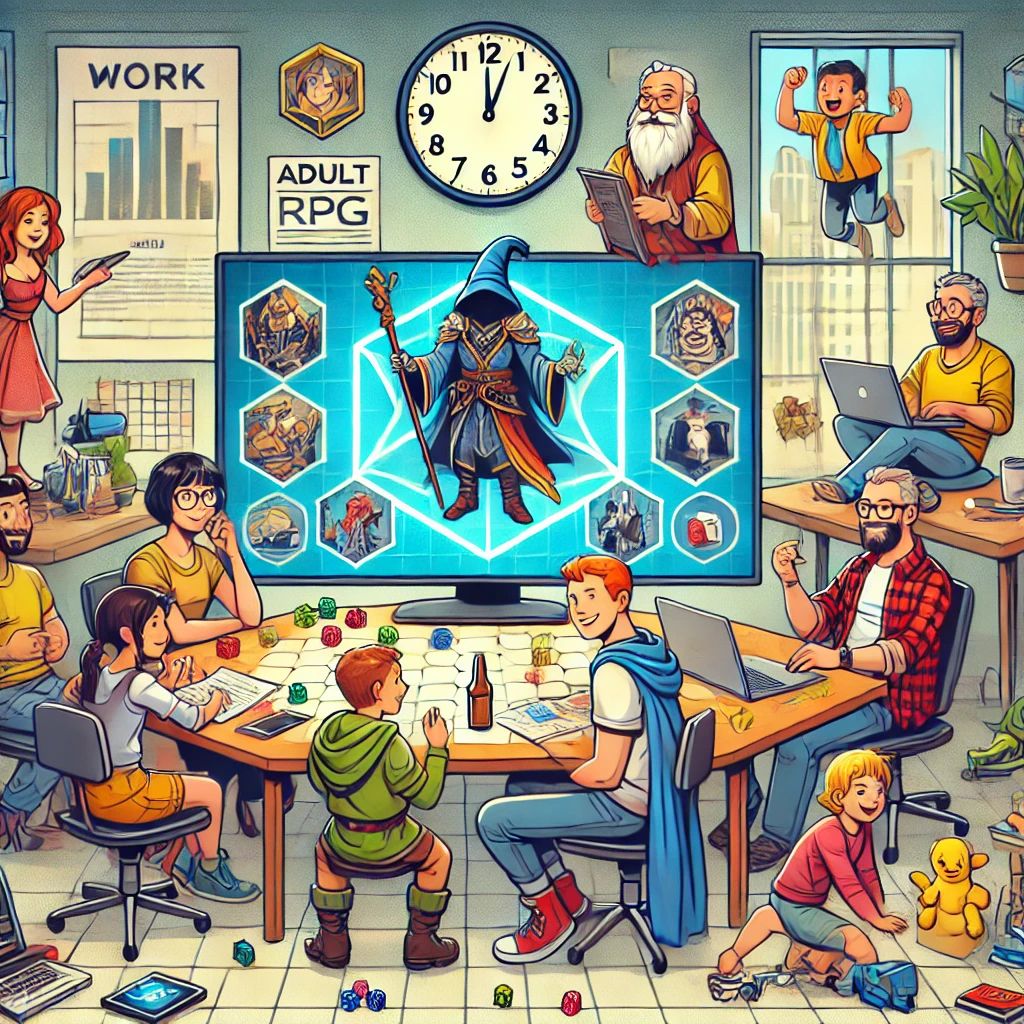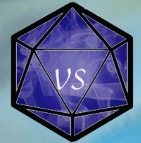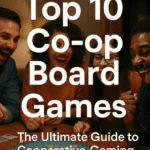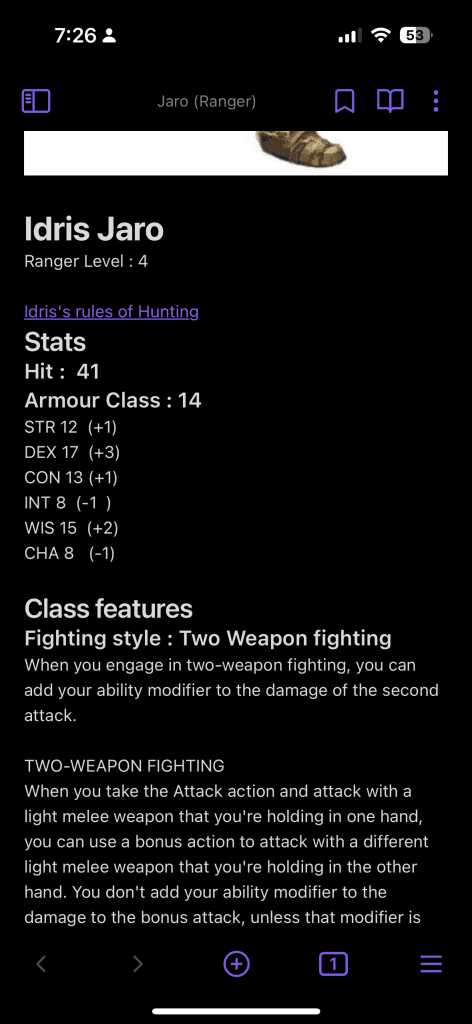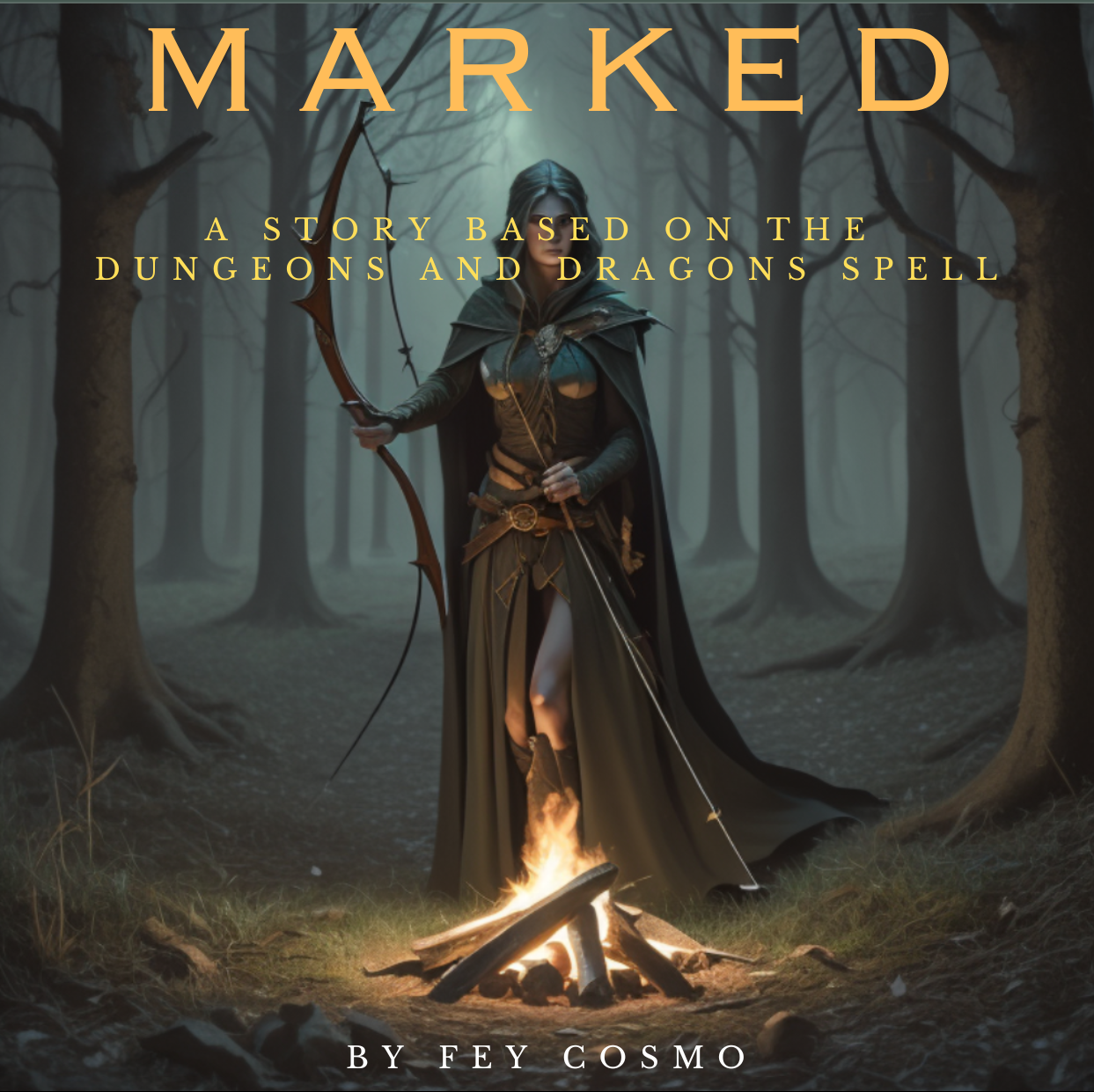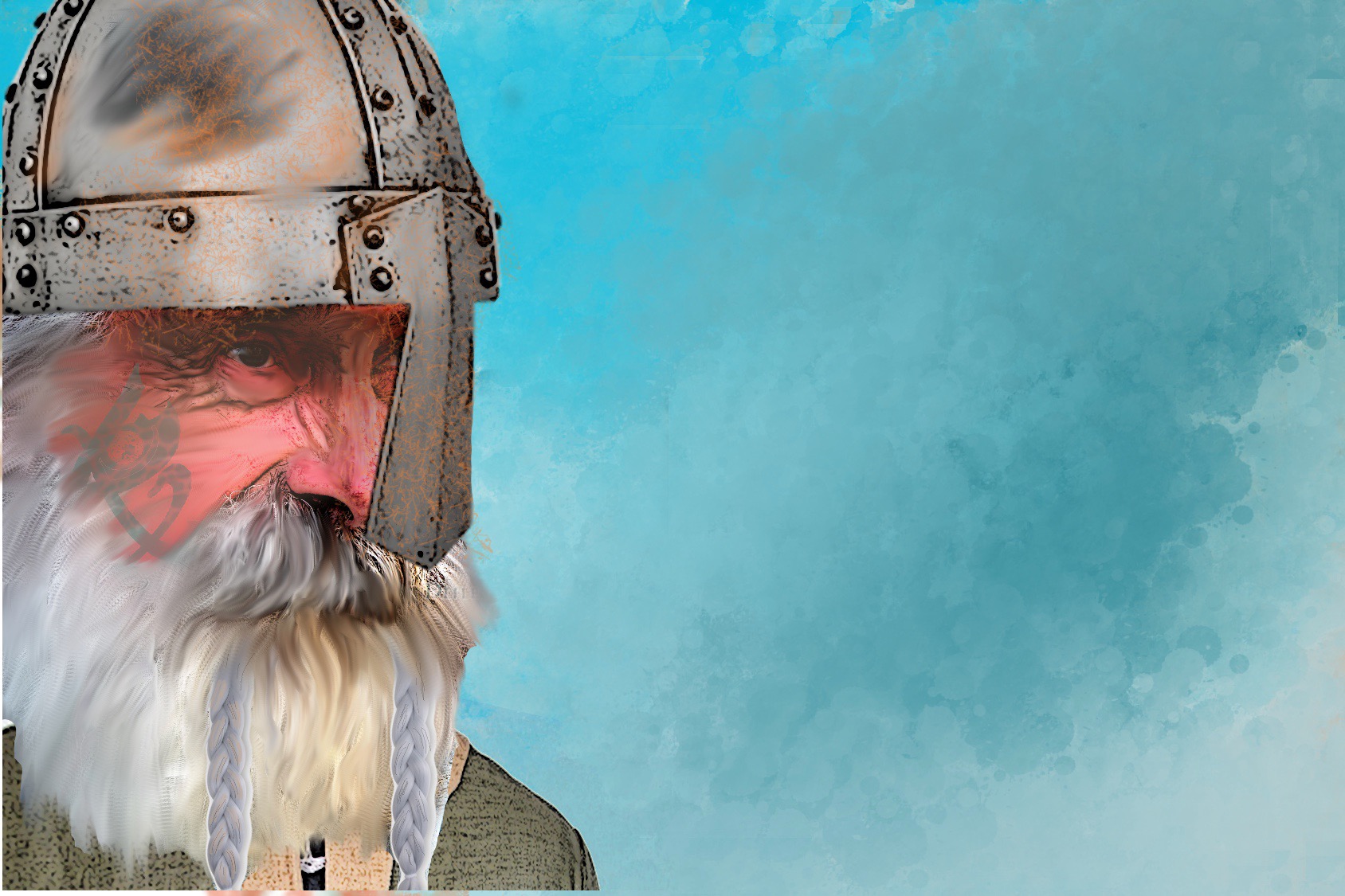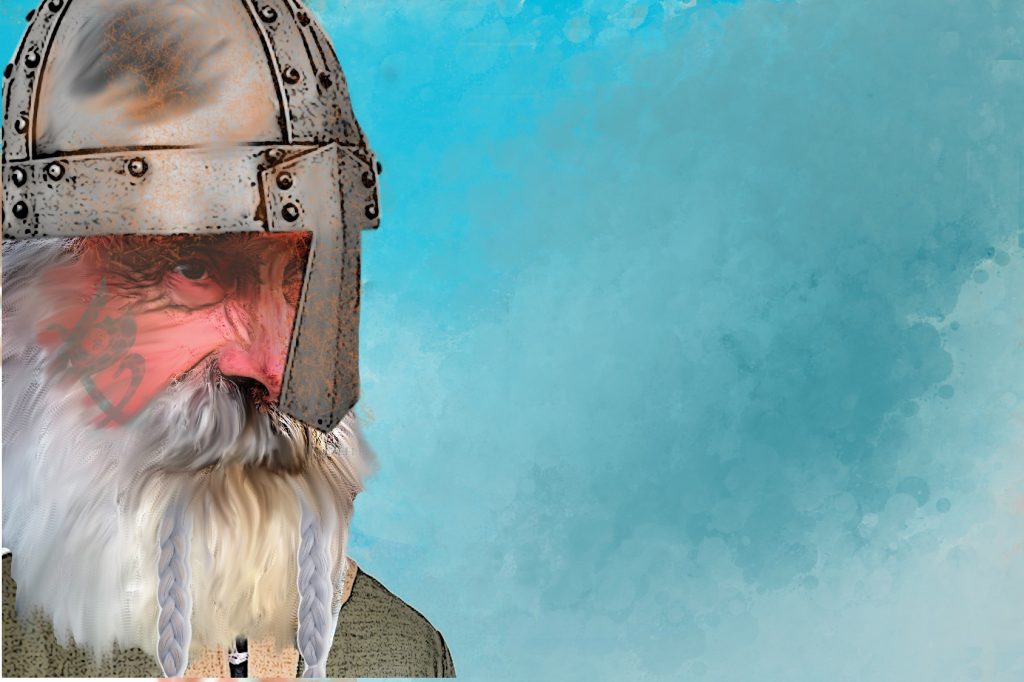My death starts and ends with a searing circle of pain.
The hunter sighted me long before my senses oriented me to where she hid. Her form was a mystery to me as there were too many smells, too many new sights in the forest for me to focus on. We had chosen this clearing to guard the chest through the night, thinking it would be easy to defend, but not from the others in her company. The one who would kill me was the most concealed and probably the most deadly. Her movements among the trees were as fluid and familiar as one raised in the trees, and one of the last things I would live to see were her gleaming elven eyes.
But this began with the hiss of an angry cat who tried to warn us.
The quiet of the clearing at night had been destroyed by a muscle-bound barbarian charging and roaring at the same time. He crashed through saplings and towards our fire, then swung a great hammer into the gut of Severrn, our tabaxi rogue, and winded her. She had been on watch and hissed to warn us, but it was too late.
She lay twitching helplessly and I saw, with horror, that her ribcage was malformed from the impact. Ribs are meant to be smooth, not jagged and lumpy beneath her spotted pelt, and I thought myself a coward for not coming to her aide. The barbarian barely stopped to breathe before he raised the hammer again and I looked away. I knew what was coming but I was too cowardly to see it.
But I could not avoid hearing the crunch of her skull as the spiked hammer crushed her delicate, feline head.
It caught me off guard that they were so well prepared. My companions leapt into action and I crouched to hide. I am a trained wizard; I am expected to remain away from the worst of the danger. But the fighting had come to me far more quickly than I expected and I was having trouble concentrating. I tightened my grip on my bloodstone, my unique arcane focus, and centralised my thoughts on the spell.
Thanks to my magic, a spray of beautiful, dancing lights dazzled the enemy knight who came running towards us before he could brandish his sword further. If I could keep him disorientated, the others could move the chest before these thieves could take it.
But I didn’t have time to worry that they’d found us, or tracked the chest because this ambush was more than we could take. It was then that I felt the mark on me.
How does it feel, you wonder?
It feels like being spotted by someone when you were trying to hide, but the gaze has the power to burn. Not intense enough to make you stop in your tracks, but there is a terrifying weight to being seen, a heavy and inescapable feeling that they SEE you. Not just your body, but your soul.
They see you at your best and most shining moment.
They see you in a silent sliver of shame.
They see you.
It was like nothing I had experienced. I would die feeling completely naked.
I shifted, continuing to concentrate, until I realised Mahgas, our cleric, was also in trouble. He had charged the knight and was expecting to finish him, but something was sliding a long, thin knife into Maghas’s throat. It was one of the races of the small-folk, with such smooth and practised movements that they barely made a sound. A black shadow of death in a cape and hood. It had dropped on Mahgas from above in total silence.
I watched Mahgas rattle as he fell, his heavy armour trapping him in a cage of death as the little creature fell with him, on him, riding him to the ground. The being withdrew a shining blade and leapt again, so fast I could barely track it.
It was then that the first arrow hit my collarbone and I dropped the bloodstone. The arrow was deep in my soft flesh and burned deep into my armpit. My arm became useless, hence my hand hanging like a useless string, and I cried out with stupidly loud agony. I was meant to be concealed, I was meant to be fine, the chest would make us rich… lies. All lies.
All the while, the feeling of being SEEN grew stronger. Some sort of connection began between hunter and quarry and I felt the green eyes, rather than seeing them. They seemed to be measuring every part of me, my whole body, from head to toe and sizing up my weakness to choose where to strike next. I reached for the arrow with my good hand and touched the wooden shaft. White-hot agony exploded and I had to let it go.
The intense pain made me so weak that I reeled into a ball of pain on the ground. The feathers on the nock stood out, so ludicrously bright in their colour that anyone could have spotted me and I realised then, I was going to die next.
The feeling of exposure peaked suddenly and I felt the eyes sizing me up, judging where to split open my skin with a second arrow. It hit my exposed side and I gasped from pain. My hands flailed helplessly and grabbed the debris of the forest floor around me. Somehow, my good hand tightened around my bloodstone.
The wetness I lay in was my own blood, I realised. She, my killer, approached me with casual, elven grace. A small foot pushed me down as she leant in and ripped her arrow from me. My scream sent birds tearing into the night sky with fear, but all the elven huntress did was coldly evaluate my dying moment. Where there had been a dry arrow, a stream of blood spurted out and I began to lose my vision.
Green elven eyes gouged me and I felt her remove the second arrow and begin to clean it. For a moment she radiated with more power than before and I felt the mark leave my body. I felt an odd warmth and saw her mouth move into the shape of the word “good bye”.
Sighing, I saw no more.

